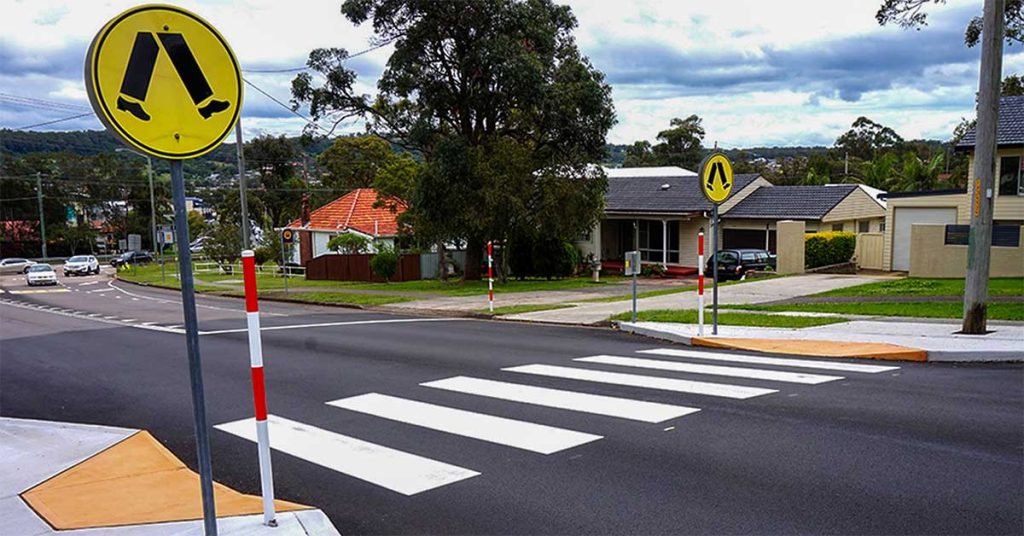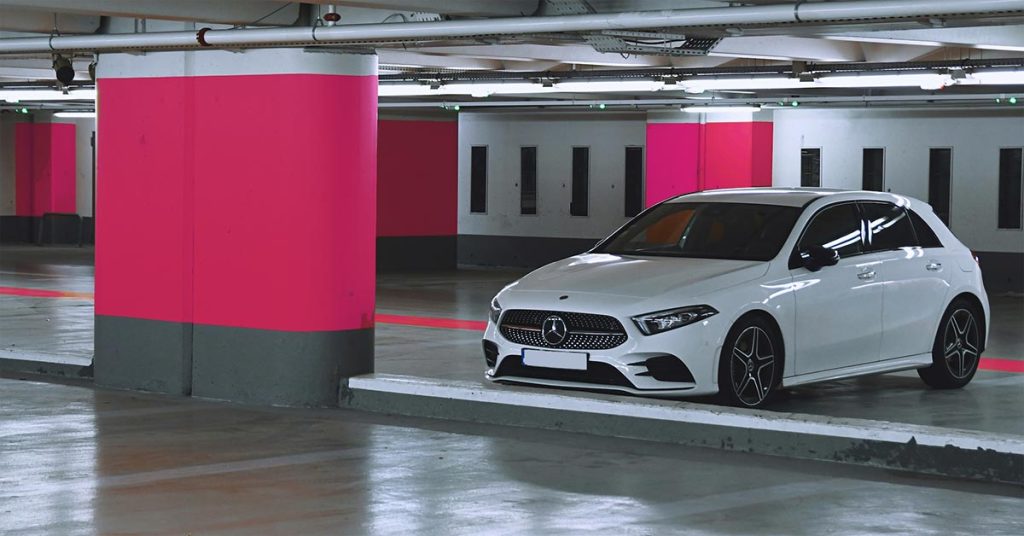Minimum parking requirements have been a focus of discussions for a long time. With many experts arguing that they result in unnecessary building costs as more parking than needed is often provided. Consequently, the oversupply of parking impacts the distribution of space in our cities and housing prices.
A study from 2018 indicated an impressive oversupply of parking in Melbourne. At that time, there were 49,500 residential parking spaces in the City of Melbourne compared to 36,951 cars indicating a surplus of 12,549 residential parking spaces. In other words, at least 25% of the residential parking inventory was vacant and not needed.
We would like to turn our attention to two costs involved in building car parks: the financial cost associated with construction and the opportunity cost of utilising the resources that could be employed in different areas other than parking.
Financial Cost
According to Riders Digest, in Australia, car park construction costs in the fourth quarter 2022 varied significantly according to each city. The range per category was as follows (cost per gross floor area – $/m2[1]):
- Open Deck Multi-Storey: $760 to $1,800
- Basement (CBD): $1,160 to $3,900
- Basement (Other than the CBD): $1,040 to $3,500
- Undercroft (Other than CBD): $650 to $1,400
To understand the impact of the financial cost, let’s conduct an exercise. If we assume an average parking space of 32m2 at a cost of $3,500 per m2 (the higher point for the category Basement (Other than CBD)), this would lead to a total construction cost of $112,000 per parking space.
Now, think of a 50 units residential building with a total of 50 car park spaces. Let’s consider that 20% of those spaces are not being utilised, it means that 10 parking spaces should probably not have been built in the first place. At a cost of $112,000 per space, if those spaces weren’t provided the potential savings would be $1,120,000.

Opportunity Cost
The opportunity cost of parking oversupply can be analysed through two perspectives. One being what else could be done with the money that can be potentially saved. The second, what could be done with the extra space to replace the car park spaces that wouldn’t be built.
So, what could be done?
In the case of at grade parking, the space saved could be converted into more housing units, for example. Considering our housing crisis, more supply would certainly be welcomed. If the financial savings resulted in lower prices per unit, it would contribute to house affordability, also a beneficial outcome for the community.
The issue is that minimum parking requirements remove the flexibility and the decision-making power from developers. They are unable to choose whether to build less parking or not.
The answer is not necessarily giving the power straight to the market to decide how much parking should be provided, even though many cities around the world have done that. As this is a sensitive topic, the solution might be to provide alternatives to building parking that can bring a direct benefit to local community.
VPAs
Today, a potential way to reduce parking requirements without changing Development Control Plans (DCP) are mechanisms such as the voluntary planning agreements (VPA).
In NSW, a VPA is an agreement entered into by a planning authority and a developer to enable a broader range and extent of development contributions to be realised from the planning and development assessment process.
Under such agreements the developer is required to dedicate land free of cost, pay a monetary contribution, or provide an other material public benefit, or a combination of them, to be used for or applied towards a public purpose.
VPAs could be used to improve local pedestrian and cycling infrastructure and encourage the use of active transport mode. In this scenario, a developer willing to build less parking could revert part of the savings to local infrastructure.

Implementing a crosswalk, for example, costs around $300,000. This is typically funding that Councils don’t have, but could be provided as part of a development to improve access for the new residents. The cost savings for Councils and benefits for the wider population are sizable, and the benefit to the developer is a cost saving, plus an improved environment for their project (and the positive PR that would be associated with such a benefit to the broader community).
Giving back to the community, is also an excellent strategy to mitigate the adverse reactions to cutting parking spaces in residential developments. It is known that people can be quite vocal and nervous about developments with less or no parking.
The fear of overcrowding streets with extra vehicles parked can be diminished with data and by showing the investment in the local infrastructure that will contribute to alternative transport modes creating a virtuous cycle of less car dependency. A sound community engagement strategy would be needed to communicate such plans, as it is the case whenever change is required.
The bottom line is that providing car park is costly and it takes up valuable space, the resources going into parking (or a portion of them) would provide better results to the community if used to improve the public realm. In an environment where housing supply is lower than demand and house prices are soaring, measures to alleviate these two trends are needed more than ever.
Download the PDF version of this article
[1] Costs exclude: GST, Land, Legal and professional fees, Loose furniture and fittings, Site works and drainage, Subdivisional partitions in office buildings, Telstra and private telephone systems, Tenancy works.

